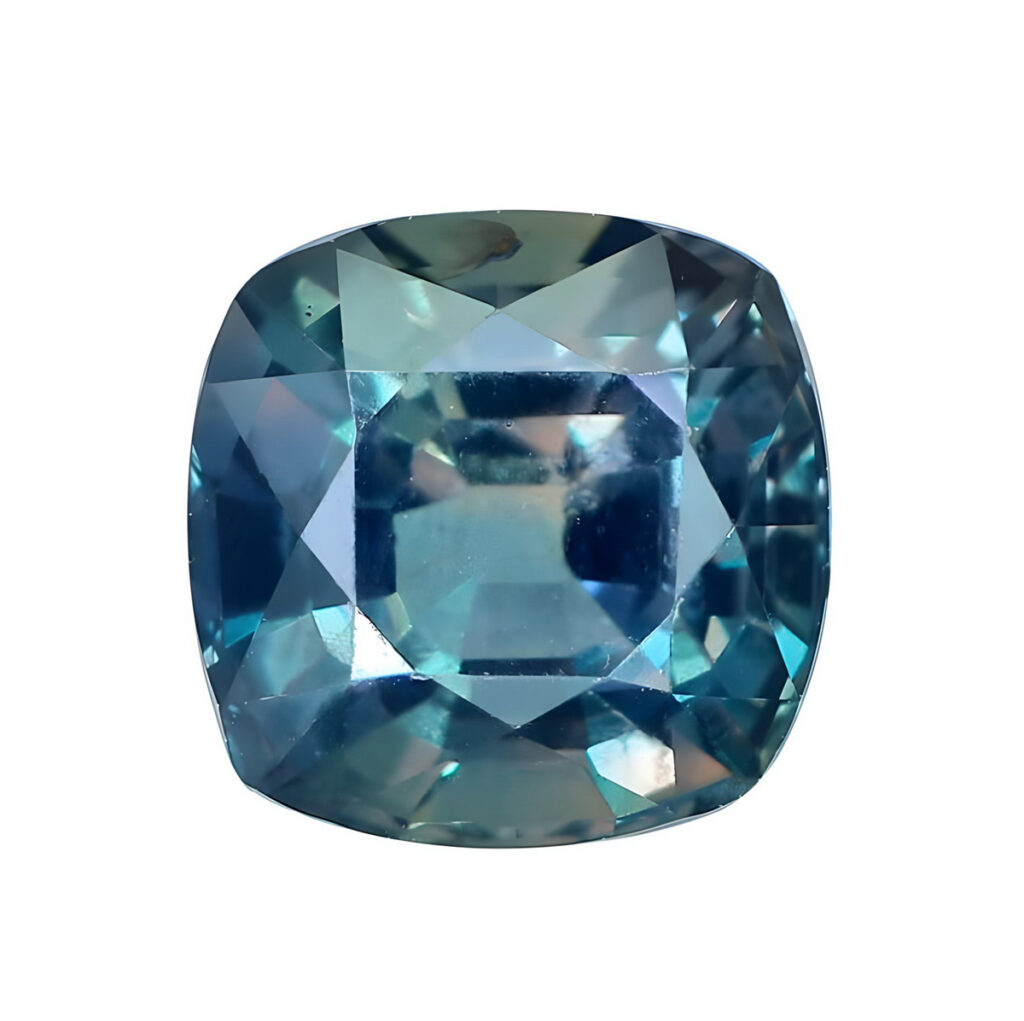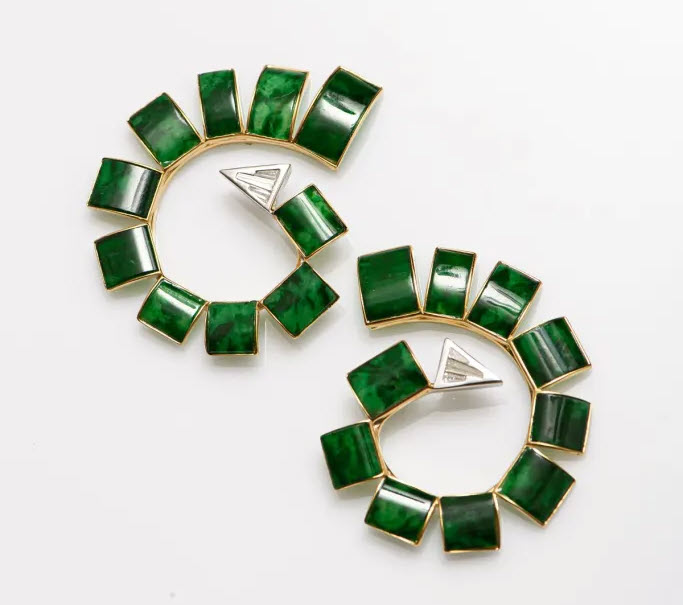Emeralds continue to enchant the gemstone and jewellery industry, with pent-up demand especially for top-quality goods pushing prices up. Rising interest in the beloved green gem alongside positive auction results and new consumer trends also point to bright prospects in the emerald business.
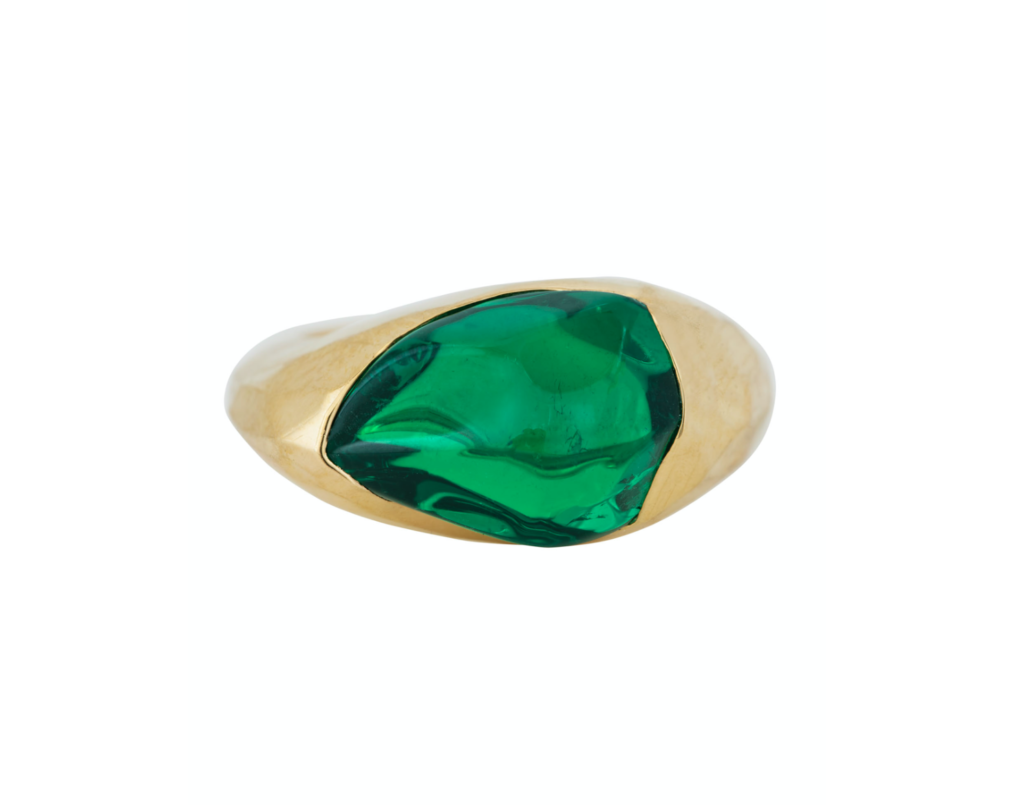
Emeralds have retained their sparkle in the international gemstone and jewellery world amid Covid-19, thanks to their enduring charm. According to industry players interviewed by JNA, buyers are constantly on the lookout for high-quality goods although commercial stones are also moving. Supply however remains tight while prices are on the upswing.
Graeme Thompson, worldwide head of Jewellery at auction house Phillips Asia explained that pent-up spending power is driving continued demand for emeralds. “This liquidity has a positive impact on emerald prices,” he added.
Jeffery Bergman, founder and director of 8th Dimension Gems, said the market’s appetite for top-quality emeralds remained steady during the pandemic as opposed to softer demand for commercial grades.
“This was evidenced by Christie’s Magnificent Jewels auction in Geneva on May 12 where several emerald offerings achieved prices twice or thrice their pre-sale estimates,” he said. An example was a ring with a 6.55-carat free-form Colombian emerald cabochon with minor clarity enhancement, which fetched CHF105,000 (around US$117,318) – well above the estimated price of CHF20,000 to CHF30,000 (around US$22,343 to US$33,515).
Bergman expects interest in emeralds to be stronger than ever, especially in emerging markets like India and China. Emerald specialist Isaac Stern agreed, adding that solid demand and low supply will likely keep prices up. The market remains robust and is getting stronger, he added.

Market preference
Faiz Mahdi Syed of Bright Green Stone Co Ltd said all emerald grades are moving, depending on the market, but interest in fine-quality stones is significantly higher due to their rarity.
The most coveted emeralds originate from Colombia. Industry players and buyers alike hail Colombian emeralds as the finest and most prized for their distinctive deep-green glow.
Emeralds from the country’s legendary Muzo emerald mine, which has produced some of the world’s most iconic specimens, will always command a premium over gems from other countries of origin, said Gabbi Harvey, head of Business Development at Muzo
Emerald Colombia.
Fine emeralds nowadays can also be found in Brazil, Ethiopia, Pakistan, Zambia, Russia and Afghanistan.
According to Bergman, while Colombia is known to yield the largest and finest emeralds, extra-fine stones from Afghanistan, Brazil, Ethiopia, Pakistan, Russia and Zambia are virtually impossible to differentiate from Colombian emeralds. Equipped with a reputable gemmological report, Colombian emeralds can typically fetch prices 20 per cent to as much as 50 per cent higher than their counterparts from other sources, Bergman continued.
Emerald variants from other origins however offer unique characteristics.
Michael Gad of his eponymous US-based company revealed that majority of Brazilian emeralds come in smaller sizes while Ethiopia, which is a relatively new source of emeralds, produces several truly beautiful stones. “Russian emeralds meanwhile tend to have wonderful clear crystals that give the stones an inner glow. Unfortunately, nothing has come from these mines for some time now,” noted Gad. Pakistan and some mines in Afghanistan and Madagascar, on the other hand, bear the most ideal rough for small sizes.
Prices primarily depend on colour and origin, with emeralds in deeper, more vivid green hues being highly prized. According to Syed, the price of Colombian emeralds will likely be 30 per cent to 35 per cent higher than that of Zambian, Brazilian, Russian and Ethiopian gems despite having the same quality.
He continued, “If we compare emeralds from Zambia, Brazil, Russia and Ethiopia, the price difference would be 10 per cent to 25 per cent. Colombian stones are the most valuable, followed by Ethiopian, Russian, Brazilian and Zambian gems.”
Phillips Asia’s Thompson, for his part, said he sees potential for Ethiopian emeralds to be sold at future international auctions.
Major buyers of top-quality emeralds are the US, Europe and Asia while medium to fine stones are sought after in the US, China, Hong Kong, Japan and the Middle East. Demand for stones of lower quality comes mostly from India.
Sourcing premium-grade emeralds is always a challenge, remarked Clement Sabbagh, president of the International Colored Gemstone Association (ICA). “Fine emeralds are normally accompanied by gemmological reports. Such gems should present only insignificant to minor clarity enhancements to be considered of high value,” he added. “Commercial-quality goods meanwhile are usually sold without reports. Moderate clarity enhancements are acceptable and are frequently found in more saleable pieces.”
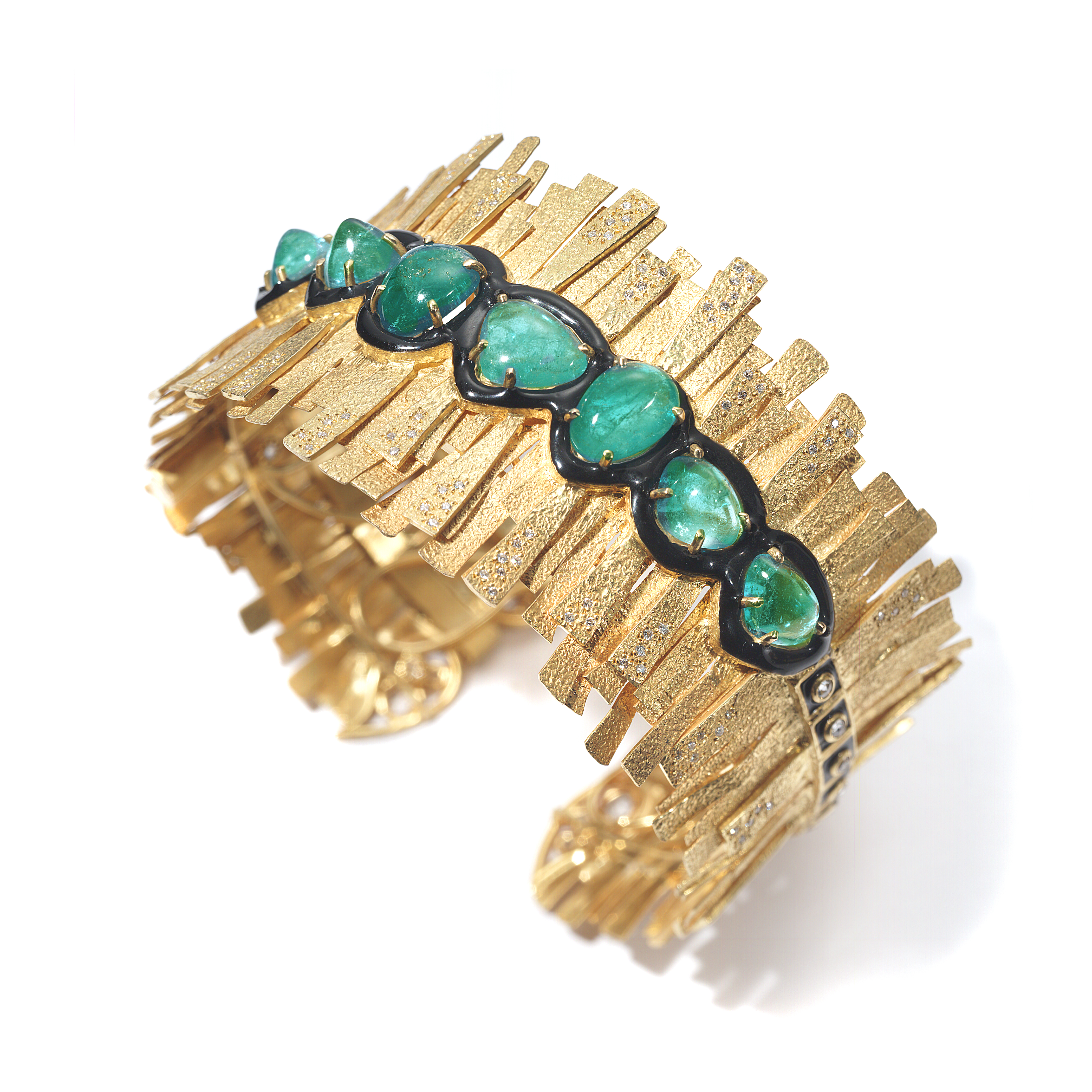
Pandemic
Latest data showed that emerald sales dipped by as much as 50 per cent to 55 per cent from pre-pandemic times, according to industry experts. Some companies however saw an increase in demand.
Syed reported a 25 per cent hike in emerald sales from pre-Covid levels. “Amid travel restrictions, demand from China went up due to lack of regular supply. We had to rely entirely on digital images and virtual communication, which proved to be an effective sales channel,” he disclosed.
On the production side, ICA’s Sabbagh said Covid-related constraints impacted all segments of the industry from mining to retail. As a result, consumers worldwide turned to online shopping, especially for goods that hold value over time such as jewellery, he continued.
Tentative mine closures and low supply also made it more difficult for traders to source new materials. Bergman, who resorted to purchasing cut emeralds and re-cutting those to meet orders, said, “Very few rough suppliers are willing to jump through hoops to visit Thailand and pay for a two-week forced quarantine.”
Gad meanwhile obtained rough emeralds at auctions in Colombia as local mines there have resumed production. Supply remains inadequate to satisfy demand, leading to strong prices for both top- and commercial-grade Colombian emeralds.
Online tenders also rose in popularity during the pandemic. In March 2021, diamond brokerage and consultancy firm Bonas Group hosted two inaugural rough emerald tenders in Dubai, featuring Colombian and Brazilian emeralds from Fura Gems and Grupo Belmont, respectively.
According to Fura Gems, which owns the Coscuez mine in Colombia, 33 out of 34 lots were sold at the event, with more than 60 companies from India, Colombia, the US, Hong Kong, Germany and the United Arab Emirates placing bids.
Tim Denning of Bonas Group said he witnessed pent-up demand for rough emeralds at the tender after a year of limited gemstone sales.
Gemfields’ Kagem mine in Zambia is another major source of emeralds, accounting for around 35 per cent of world supply. Adrian Banks, managing director of Product & Sales at Gemfields, said demand for top-quality grades currently outpaces supply, thereby affecting prices. Interest in medium- to commercial-quality stones is also steady, leading to healthy growth in the industry. “Over the last decade, our production has tripled while prices have increased more than six times,” revealed Banks.
Production at Kagem was suspended for a year from March 2020 but operations have since resumed. In fact, Gemfields already reached its mining target in April 2021. Gemfields’ recent emerald auction also demonstrated strong market demand and prices. “April’s result also means that Kagem has surpassed aggregate auction revenues achieved in 2020, which stood at just US$22.4 million because of the pandemic,” Banks noted.
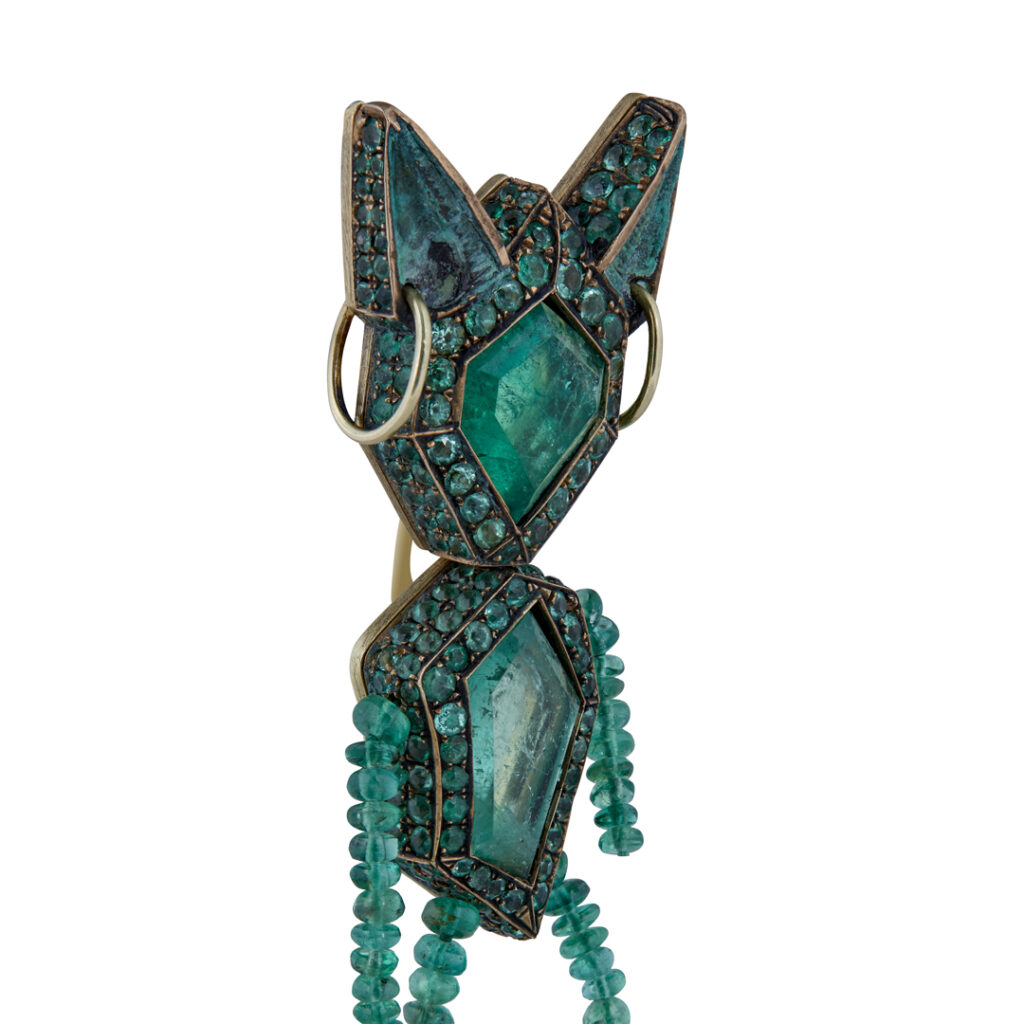
Bright spots
Industry players are upbeat about prospects in the emerald trade despite market uncertainties.
According to Gemfields, the shift in preference towards coloured gemstones is “overwhelming,” adding that the past decade has seen global record prices for emeralds surpassing those of colourless diamonds on a per-carat basis.
Thompson of Phillips Asia explained that in the last 15 to 20 years, prices went up by approximately 300 per cent to 500 per cent, depending on the type of emerald.
Fura Gems Chief Marketing Officer Rupak Sen said most retailers saw a decent uptick in sales volume during the Christmas holiday and since the beginning of 2021. “We expect positive retail sentiment to continue in key markets like the US and China,” he noted.
According to Andrew Lucas, vice president of Guild Gem Laboratories, the Chinese market has become more accepting of Brazilian emeralds in commercial quality although high-end stones are moving at a slower pace. He also cited strong interest in fine-quality Afghan material from Panjshir.
Shanghai-based jewellery designer Chaoqiu He added that Panjshir emeralds are now viewed as an investment tool, owing to the mine’s near depletion.
A new source of emeralds from Ethiopia, which came to the attention of the industry about four years ago, meanwhile produces fine-quality gems that could rival Colombian stones. Shane McClure, senior director of Identification at the Gemological Institute of America, said the material comes in large sizes with good colour while few stones require clarity enhancement.
“The lack of need for treatment is very rare in emeralds,” noted McClure.
According to Alexey Burlakov of Tsarina Jewels Co Ltd, demand for Russian emeralds is also steady due to rough shortage although production at the mines is gradually recovering. He said the colour of Russian emeralds is similar to that of gems from the Chivor mine in Colombia but with a slightly bluish-green undertone and high clarity. “Compared to African and Colombian emeralds, the percentage of high-grade Russian emeralds is much smaller. The majority of supply is lower grade,” he noted. Clients from Japan, Taiwan, Hong Kong and Singapore are buying Russian emeralds.
Knowledge will also play a crucial role in the future of emeralds. ICA’s Sabbagh said consumers are rethinking their consumption habits and leaning towards more informed buying decisions. China, for instance, has evolved from buying mostly jade and gold to accepting diamonds and coloured gemstones.
The ICA official also mentioned opportunities to expand in China’s Tier 2 and Tier 3 cities where the colour green is already culturally appreciated. “China has recently been known for polishing emeralds. Some emeralds from Zambia and rough from the Swat Valley in Pakistan are now being cut in China,” he said.
According to He, Asian and US clients mainly look for Colombian emeralds with “minor oil” enhancements and above 5 carats with very intense green hues. She indicated that the Chinese market has swiftly recovered and demand for emerald is expected to skyrocket.
Gemfields also foresees solid demand for Zambian emeralds in China.
The emerald market in India is likewise on the upswing. According to Gad, emeralds of all price points are moving fast. He noted, “India has a strong affinity for Colombian emeralds. African emeralds are also doing particularly well there. The Indian market however has come to a drastic halt, with the recent onslaught of Covid-19.”
Bergman, for his part, revealed that culturally, Indians regard emeralds as an “astrological gemstone.” “Historic Hindu literature connects emeralds with the small planet Mercury, also known as Buddha in Sanskrit. This cultural appreciation means India is most likely the world’s largest market for commercial-quality emeralds, regardless of origin,” he disclosed.
Demand for emeralds in the Middle East is also picking up, with buyers snapping up larger stones and layouts in all emerald qualities, said Gad. The US and Europe are shifting to single stones and matched pairs, both in commercial and top-quality grade. The Russian market meanwhile remains active, with the majority of buyers leaning towards fine-quality emeralds in deeper greens. Gad also cited opportunities arising from buyers diversifying to emeralds from diamonds. “People are choosing emerald pieces as engagement rings. While traditional shapes are still sought after, we are also seeing fresh demand for less traditional shapes,” he noted.
The gemstone expert continued, “Given the current economic situation, with low interest rates and a looming inflation, people are also looking to hedge themselves. They are purchasing emeralds instead of simply leaving their money in the bank.”


This article first appeared in the JNA July/ August 2021 issue.




